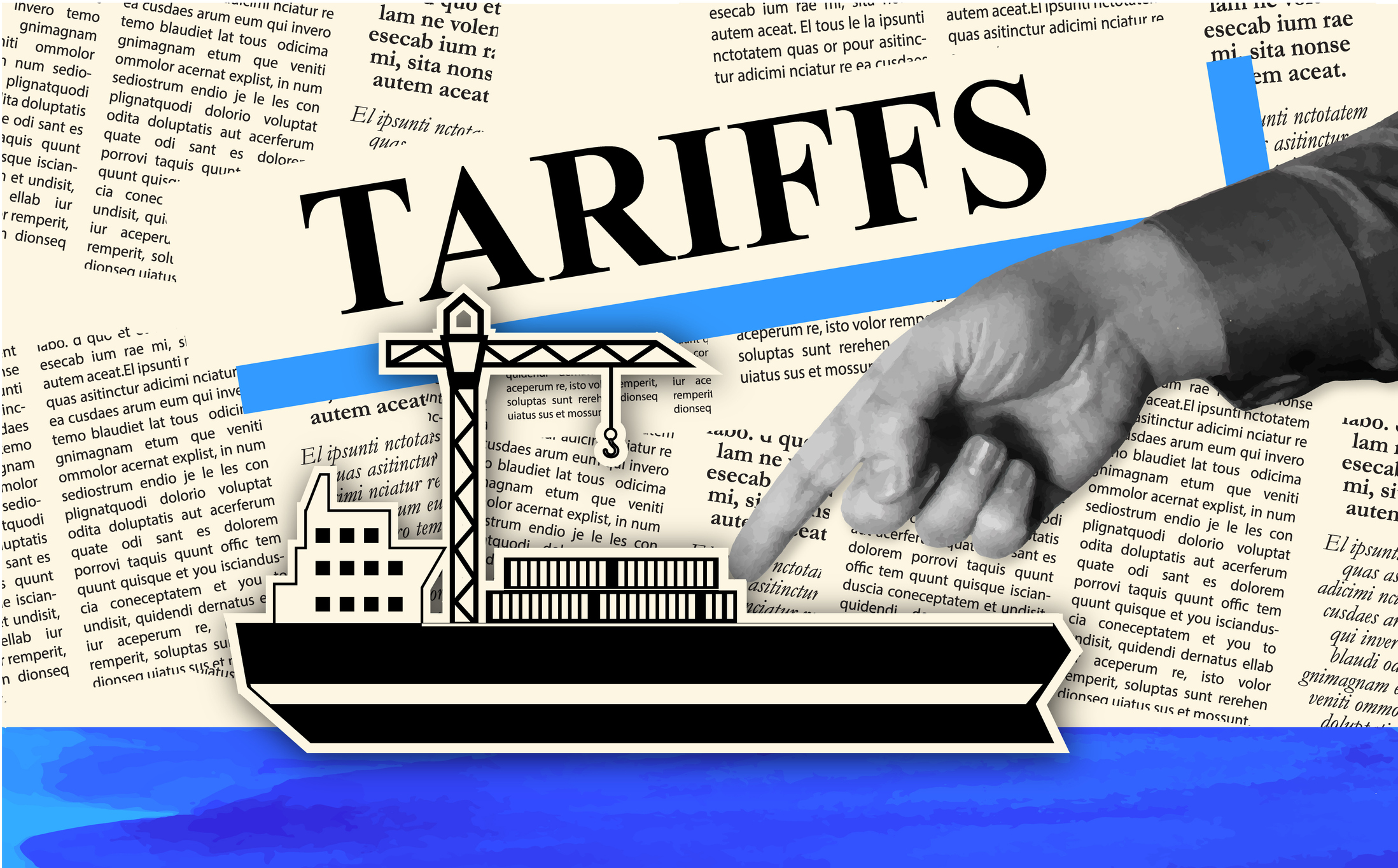In 2025, the currency of global influence is no longer oil alone. It’s also cobalt, lithium, gallium, and rare earths—critical raw materials powering artificial intelligence, electric vehicles, aerospace, semiconductors, and military technologies. The world is entering an era where access to these strategic commodities determines the balance of power. Unpack how the raw materials like rare earth element race, energy security, and the weaponization of trade routes are defining today’s global geopolitics.
From Washington to Beijing, Brussels to New Delhi, strategic procurement of raw materials is shaping national security policies. AI and clean energy transitions are accelerating demand, while regional conflicts and protectionist policies are limiting access. This is the new geopolitical chessboard—defined not by ideology, but by who controls what gets mined, refined, and shipped.
In this piece, we explore how the rare earth race, energy security priorities, and control of trade routes are shifting global alliances, policies, and risks. Alongside compelling data and field insights, we close with procurement strategist Mattias Knutsson’s perspective on navigating this new world order.
The REEs Race: Who Controls Tomorrow’s Tech?
Rare earths are 17 chemical elements essential for the production of magnets, lasers, batteries, and guidance systems. They play a foundational role in everything from smartphones to F-35 fighter jets to electric vehicles and wind turbines.
China’s Dominance
As of 2024:
- China produces over 60% of mined rare earths globally.
- Controls 85-96% of REE processing and refining capacity.
- Has enacted export controls on gallium and germanium, prompting alarm in the West.
The 2023 export control law allowed Beijing to block exports of critical minerals citing national security—a direct response to Western sanctions and semiconductor restrictions.
Western Responses
The United States, EU, Australia, and India are accelerating efforts to build alternative supply chains:
- USA: Mountain Pass (California) is ramping up, but lacks refining capacity.
- Europe: Launched the Critical Raw Materials Act, aiming for at least 10% domestic production and 15% recycling of strategic minerals by 2030.
- India: Hosts the 5th largest REE reserves globally and is launching public-private partnerships to scale processing.
- Australia: Lynas Rare Earths is expanding its role as the only major REE producer outside China.
Challenges Ahead
- Environmental harm: REE mining often leads to radioactive waste and water contamination.
- Cost: China’s subsidized production makes alternatives less competitive.
- Technology gap: Decades of Chinese dominance mean others lag in refining techniques.
Strategic Raw Materials and Energy Security
Clean Energy Dependence
The International Energy Agency (IEA) reports that demand for lithium, nickel, and cobalt will rise 6x by 2040 due to electric vehicle and battery needs.
- Wind turbines require 200 kg of REEs per unit.
- A single EV battery can contain 8 kg of lithium and 35 kg of nickel.
Military and AI Needs
REEs are also key in:
- Laser targeting systems
- Hypersonic missiles
- AI chips and semiconductors
Without reliable access to these materials, nations risk being sidelined in both technological and military development.
A Fragmented Supply Chain
The West relies on adversarial or unstable countries for materials:
- DR Congo for 70% of cobalt (with Chinese firms dominant).
- Indonesia for nickel.
- Russia for palladium and titanium.
Energy security in this context is not just about fossil fuels—it’s about technology materials security.
Trade Routes as Pressure Points
Control over strategic maritime passages plays a critical role:
- Strait of Hormuz: 21% of global oil passes through.
- Bab el-Mandeb (Red Sea): Disruptions by Houthi forces in 2024 rerouted ~15% of global trade.
- Strait of Malacca: Carries 60% of Chinese trade, vulnerable to blockades.
Weaponizing Logistics
The ability to disrupt or defend trade lanes is becoming a geopolitical weapon:
- Red Sea attacks have triggered NATO naval patrols and raised shipping costs by over 200%.
- China’s Belt and Road corridors offer land-based alternatives, but with strings attached.
- Arctic shipping is gaining interest due to climate change, especially from Russia.
Access to and control over trade routes are now as critical as oil fields.
Weaponization of Supply Chains
We’re seeing a rise in:
- Export bans (e.g., China on graphite, India on rice)
- Resource nationalism (Indonesia limiting nickel exports to boost local EV industry)
- Tariffs and sanctions weaponizing economic interdependence
Examples:
- China retaliated against Dutch chip equipment bans with controls on gallium.
- India restricted rice exports due to inflation, impacting over 40 countries.
- Russia used natural gas as leverage against Europe in 2022.
Control over materials and logistics is now seen as a matter of survival.
Technology, AI, and the New Arms Race
Chips and Conflict
AI development requires rare materials for:
- Advanced logic chips (gallium, arsenic)
- Quantum computing (yttrium, neodymium)
- Infrared and satellite tech (erbium, europium)
Military Supply Chains
Modern weapons systems depend on:
- REEs for guidance systems
- Titanium and tungsten for durability
- Semiconductors for digital infrastructure
This intertwines defense procurement with raw materials strategy.
Cyber and Physical Threats
Supply chains are vulnerable to:
- Cyberattacks (e.g., Colonial Pipeline hack, 2021)
- Physical sabotage (e.g., Nord Stream pipelines, 2022)
Securing both digital and physical infrastructure is now integral to raw materials policy.
Diversification and Strategic Alliances
- U.S. Inflation Reduction Act (IRA): $369 billion to boost domestic clean energy and materials sourcing.
- Quad alliance (U.S., India, Japan, Australia) aiming to diversify REEs.
- EU-Africa partnerships for mineral investment and traceability.
Private Sector Moves
- Tesla, Apple, and Samsung are investing directly in mines.
- Recycling and urban mining initiatives are scaling.
- Blockchain used for traceability in lithium and cobalt supply.
Conclusion:
The geopolitical landscape of 2025 is not defined by simple borders, but by who owns, processes, and delivers the strategic commodities of tomorrow. The race for rare earths, the security of energy inputs, and the control of trade routes are now central to global power.
From climate goals to AI supremacy, the battle over commodities is reshaping diplomacy, business, and even warfare. Governments must balance environmental responsibility with economic realism. Industries must build resilient, transparent, and ethical supply chains.
Mattias Knutsson, a seasoned strategist in global procurement, puts it succinctly:
“The future of supply chains lies in strategic transparency. In a volatile world, success will depend not just on securing materials, but securing trust across borders.”
In this new age of AI and conflict, strategic materials aren’t just economic assets. They are instruments of policy, security, and power. The global order is being rewritten—one mineral at a time.





